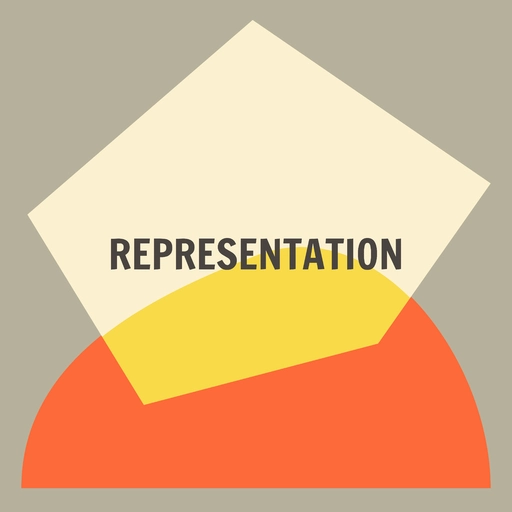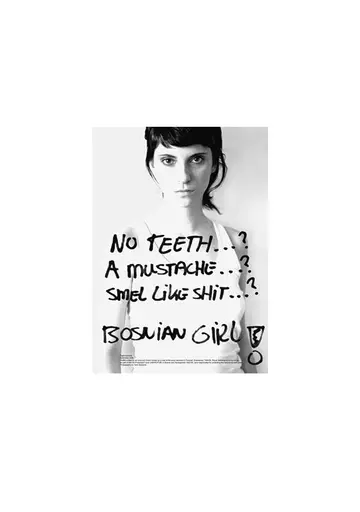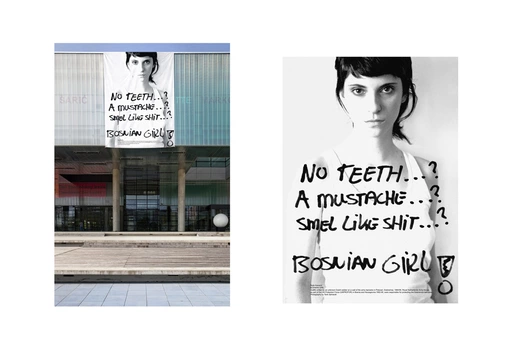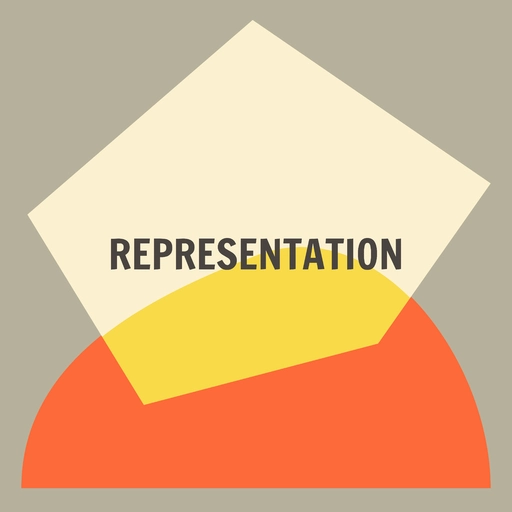To do B
About your artistic practice (work in pairs)
1. Articulate which views, which have considerable ideological power, your work opposes. How can you see that these have become culturally embedded and stereotyped? Try to describe it as comprehensively as possible so that people who are not (yet) aware of these culturally embedded stereotypes can also get a good idea of the stereotypes and how you counter them with your work.
After 10 minutes, tell this to your partner.
2. Now choose one of your stories and divide it together into two different layers of meaning, exaggerating both layers. Make them as opposite as possible, make use of stereotypes and prejudices. You can use text, image, video, sound, movement, but make sure you combine two separate layers: movement and text or image and audio.





